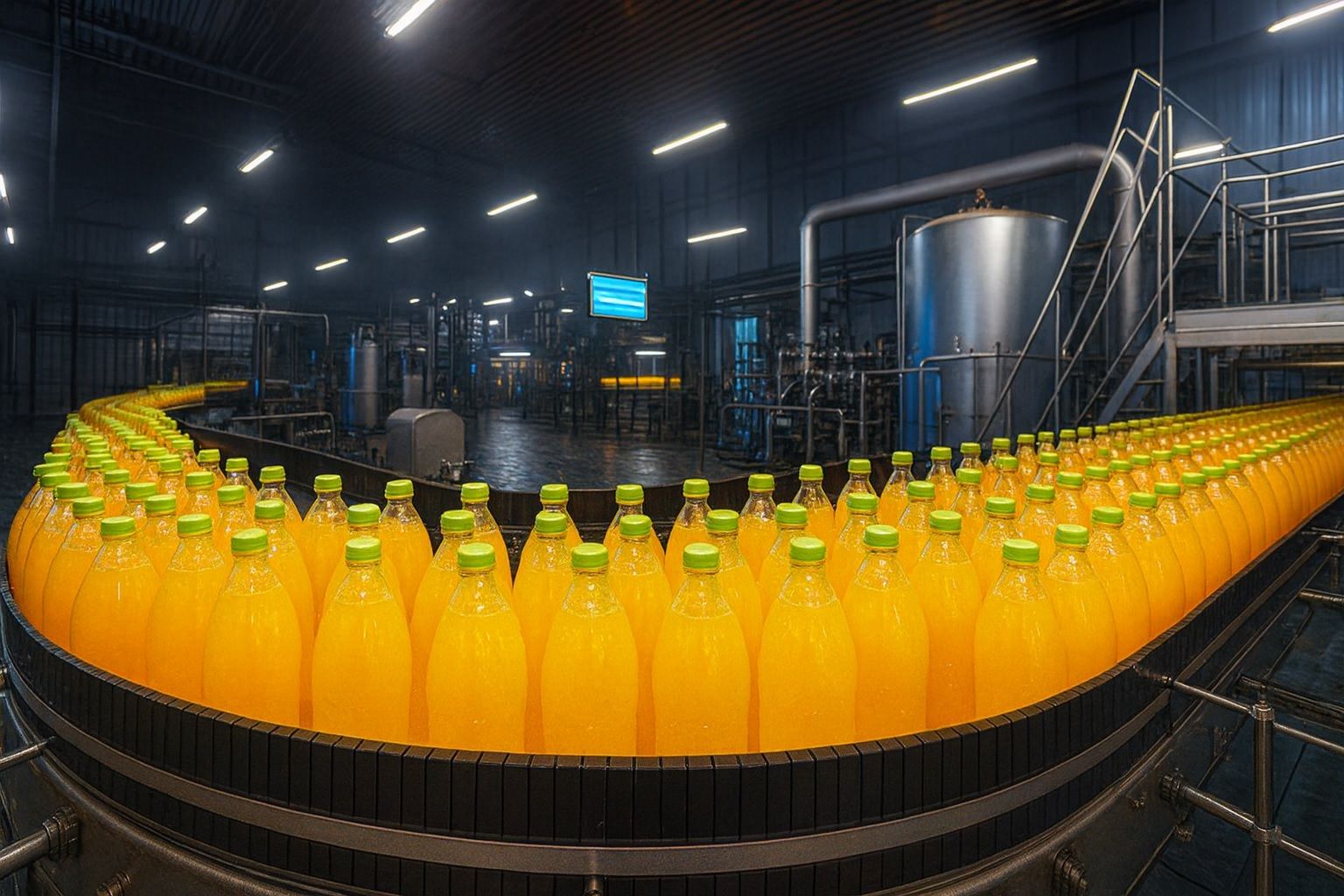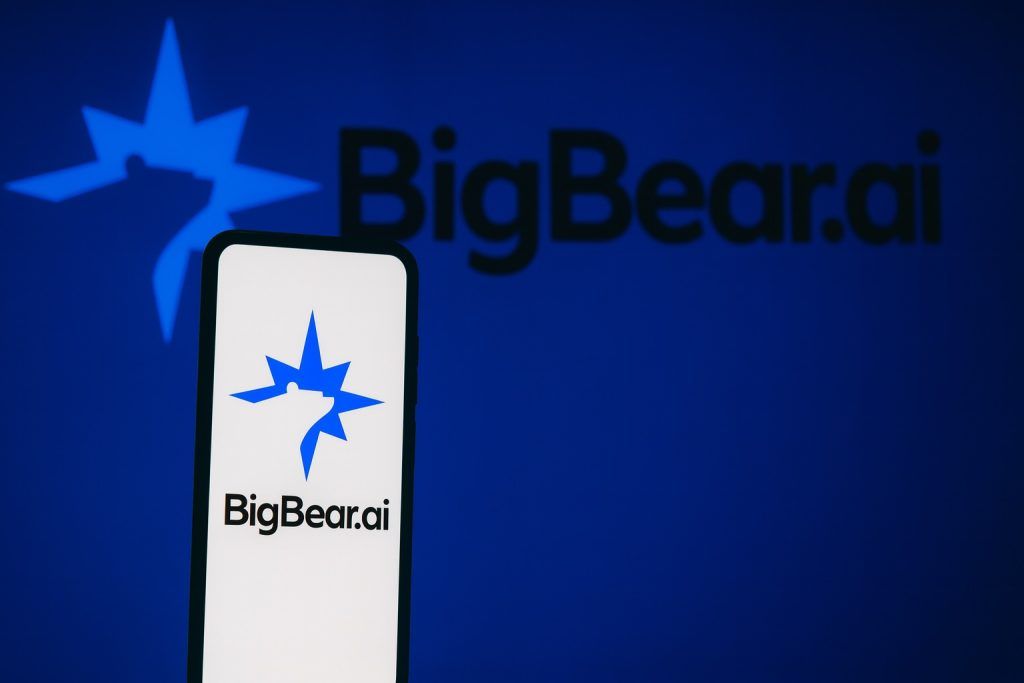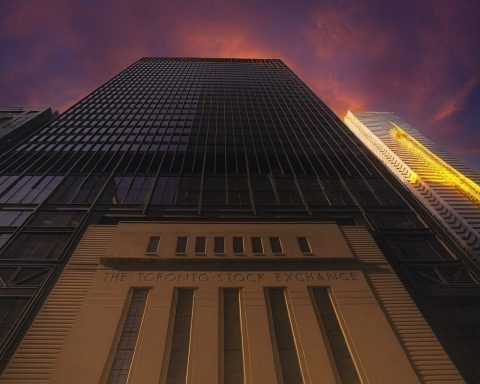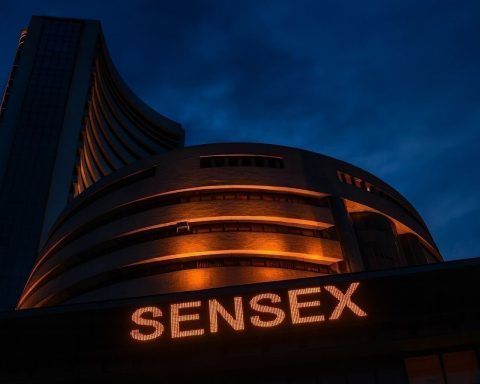- Industry prices down: Brazil’s producer‐price index (IPP) fell 0.20% in August 2025 (month-over-month), the seventh consecutive monthly decline. This follows a 0.31% drop in July, and contrasts with a +0.66% rise a year earlier. In year-on-year terms IPP is still up ~0.48%, but cumulative inflation in manufacturing is only +0.48% since Jan (and –3.6% year-to-date excluding high base in 2024).
- Consumer inflation rebounds: Meanwhile consumer inflation (IPCA) accelerated to 0.48% in Sept 2025 from –0.11% in August [1]. This brought 12-month inflation to 5.17% (above the central bank’s 3% target) [2] [3]. The jump was driven by a 10.3% spike in electricity costs (after an Itaipu subsidy lapsed) and higher fuel prices [4]. Core prices remain elevated. IBGE’s Fernando Gonçalves notes that food prices fell again (–0.26% in Sept) due to ample supply, helping contain inflation [5].
- Central bank holds rates: The Selic rate was kept at 15.0% (near a 20-year high) in late September. Policymakers have signaled a “very prolonged” pause [6]. ECB’s second-in-command Nilton David said the pause means interest rates will likely stay high longer to tame inflation [7]. In its policy report, the Central Bank projected 2026 inflation at ~3.6% (within the 3%±1.5 pp target band) and GDP growth at ~1.5% [8]. Finance Minister Haddad, by contrast, argued there is “no justification” for such high rates and said there is “room for interest rates to fall” [9].
- Markets subdued: Brazil’s stock market is soft. The Ibovespa index closed around 141,700 points on Oct 9 (down ~0.3% on the week) [10]. The currency is stable at roughly BRL 5.38/USD [11]. Key stocks are under pressure: Petrobras ADR (PBR) trades near $11.96 [12] and Vale (VALE3) at about R$59.11 [13]. Global markets are cautious as investors await clearer inflation and fiscal signals.
- Economists’ outlook: Most analysts now expect inflation to ease into the target range by early 2026. TS2 notes that Brazil’s central bank expects inflation to dip below the 4.5% upper bound by Q1 2026 [14]. Pantheon’s Andres Abadia agrees the recent slowdown in prices is largely base effects and “forward-looking indicators point to continued disinflation in the months ahead” [15]. Polls of economists see inflation ending 2025 around 5.0% and falling toward 4.4–4.9% in 2026, with a gradual recovery in growth.
- Tech/space trends: Beyond these figures, Brazil is focusing on high-tech growth. Industry analyst TS2.tech highlights Brazil’s niche in the booming space sector – it hosts the Alcântara launch base and is developing domestic rockets [16]. TS2 also notes Brazil is drafting AI governance frameworks (alongside India) to regulate emerging tech [17]. Such investments in satellites, data and AI could boost productivity and exports in coming years.
Industrial Prices and Output
According to the IBGE agency, factory‐gate prices in Brazil’s industry continued to decline in August. Prices of manufactured and extractive goods fell 0.20% from July, led by lower prices for food products, chemicals and raw materials. Of 24 industrial sub-sectors, half saw price declines (some commodities like steel and minerals fell on global markets) while only machinery/electronics prices rose modestly. IBGE notes that sugar, soy and rice (harvest-driven) and chemicals pulled overall inflation down [18]. The drop was smaller than earlier in 2025 (April was –0.12%, May –0.26%), suggesting the disinflation trend may be easing. Nevertheless, this is the seventh straight month of decline in producer prices, wiping out nearly all post-pandemic inflation gains in industry.
Paradoxically, industrial output has begun to recover. IBGE’s monthly production index rose 0.8% in August (the biggest gain since March) [19], ending four months of stagnation. Manufacturing is now about 2.9% above its Feb 2020 pre-COVID level [20], though still well below its 2011 peak. The upturn was broad-based – 16 of 25 sectors expanded, including pharmaceuticals (+13.4% vs July), petroleum products and food. Output growth alongside falling prices could signal improving supply or weak demand. As IBGE’s André Macedo explains, a low base last year helped boost August’s gains [21]. In year-on-year terms, industrial production is marginally down (–0.7% vs Aug 2024) [22], reflecting lingering challenges like energy costs and modest investment.
Inflation and Monetary Policy
On the consumer side, inflation picked up in September. The IPCA index rose 0.48% [23], reversing August’s decline. The housing group surged 2.97% (0.45 pp of the total), driven by a 10.31% jump in residential electricity bills [24]. IBGE’s Fernando Gonçalves attributes the power spike to the end of the Itaipu dam subsidy and a still-active “red” tariff flag [25]. Transportation prices rose slightly on higher fuel costs, while food & beverage inflation slowed further (–0.26%) as supermarket prices fell for a fourth month. “The household food group continues to show negative variations, given the greater supply of products,” Gonçalves noted [26]. Core and services inflation remain above target.
With 12-month inflation at 5.17% [27] (above the 4.5% ceiling), Brazil’s central bankers are in a delicate spot. They held the Selic rate at 15.00% for a second meeting in September, the longest hold since late 2005. Monetary officials say the pause is deliberate – as IBGE’s Nilton David explains, “we are in the very prolonged period (of unchanged rates)” [28]. Likewise, President of the Central Bank Gabriel Galipolo recently emphasized that “unmistakable signs” of strength remain in the economy (booming labor market, current-account deficit) and that inflation is still far from target [29]. This helped justify keeping policy tight: the September minutes spoke of a “new stage” of steady rates, though they cautioned they would resume hiking if inflation diverged [30]. Finance Minister Fernando Haddad quickly responded that he sees “no justification” for such high rates and believed there is “room” to begin cutting borrowing costs [31] – highlighting a rare clash between the government and central bank.
Markets and Outlook
Financial markets have been relatively calm amid this backdrop. The Bovespa stock index opened Oct 10 around 141,700 points, roughly 0.3% below the prior week’s close [32]. Key Brazilian stocks are trading near their recent lows: Petrobras ADR (NYSE:PBR) is about $11.96 [33], and Vale S.A. (B3:VALE3) around R$59.11 [34]. The real held around BRL 5.38 per USD [35] (near its strongest in months), helped by global dollar weakness and local intervention in late 2024. Bond yields in Brazil (around 13.5% on 10-year notes) have edged up as fiscal and inflation concerns simmer, but remain below summer peaks. Globally, investors are watching U.S. Fed policy and China’s slowdown, which also impacts Brazil’s commodity exports.
Most analysts expect this deflationary trend in factory prices and easing food prices to gradually bring headline inflation down. A Reuters poll taken late Sept sees year-end IPCA around 5.0% (below earlier forecasts) and trending to the mid–4% range by end-2026. Indeed, TS2 reports Brazil’s central bank expects inflation to fall below 4.5% by the first quarter of 2026 [36]. Pantheon Macroeconomics’ chief Latin America economist Andres Abadia concurs: “the overall picture remains benign,” he says, and the September inflation rebound is largely base effects. Abadia expects “continued disinflation in the months ahead,” barring new shocks [37]. On growth, the central bank forecast in September was modest: GDP up ~2.0% in 2025 and ~1.5% in 2026 [38], reflecting the high interest rates. (For context, BBVA and others recently projected 2025 GDP ~2.2% and 2026 around 1.5–2.0%.)
Tech and Sector Highlights
Beyond these headline figures, Brazil is also making moves in technology and new industries. For example, TS2.tech’s Global Space Industry Report 2025 notes that Brazil has carved out a niche in the growing space economy. Brazil “posses o sítio de Alcântara e está desenvolvendo lançadores” – i.e. it hosts the Alcântara rocket-launch site and is developing its own launch vehicles [39]. This strategic asset could attract investment in satellites and services as the global space market may double by 2030. In artificial intelligence, TS2 highlights that “Brasil… está redactando marcos de IA” – Brazil and India are drafting new AI regulatory frameworks [40]. Policymakers aim to encourage innovation (in fintech, agritech, etc.) while managing AI risks. These initiatives, along with Brazil’s growing software and startup sector, could in time help lift productivity and growth.
Conclusions and Forecasts
In summary, Brazil’s short-term inflation outlook is turning cautiously positive: factory-gate prices have been falling, and consumer prices have paused or reversed recent spikes. This should alleviate pressure on households and help the central bank as it seeks inflation back to target. However, the economy is growing only modestly, and high borrowing costs risk dampening investment and jobs. Markets are banking on a ‘soft landing’ – for now. As Abadia puts it, disinflation looks set to continue [41]. But any renewed commodity shock or policy misstep could change the picture. Investors will be watching the next data releases (e.g. Sep IPP on Nov 7) and fiscal signals closely. In the medium term, structural trends – including Brazil’s push into high-tech and energy transition – will also shape the outlook. For now, analysts forecast inflation gradually easing towards the 4.5% ceiling by early 2026 [42], with rates held high until then.
Sources: Official IBGE releases [43] [44]; Reuters news and data (Oct 2025) [45] [46] [47] [48] [49]; Investing.com market data [50] [51] [52] [53]; industry forecasts and expert analysis [54] [55]. Tech sector insights from TS2.tech [56] [57].
References
1. agenciadenoticias.ibge.gov.br, 2. agenciadenoticias.ibge.gov.br, 3. www.reuters.com, 4. agenciadenoticias.ibge.gov.br, 5. www.reuters.com, 6. www.reuters.com, 7. www.reuters.com, 8. www.reuters.com, 9. www.reuters.com, 10. www.reuters.com, 11. www.reuters.com, 12. www.investing.com, 13. www.investing.com, 14. www.argusmedia.com, 15. www.reuters.com, 16. ts2.tech, 17. ts2.tech, 18. agenciadenoticias.ibge.gov.br, 19. agenciadenoticias.ibge.gov.br, 20. agenciadenoticias.ibge.gov.br, 21. agenciadenoticias.ibge.gov.br, 22. agenciadenoticias.ibge.gov.br, 23. agenciadenoticias.ibge.gov.br, 24. agenciadenoticias.ibge.gov.br, 25. agenciadenoticias.ibge.gov.br, 26. www.reuters.com, 27. agenciadenoticias.ibge.gov.br, 28. www.reuters.com, 29. www.reuters.com, 30. www.reuters.com, 31. www.reuters.com, 32. www.reuters.com, 33. www.investing.com, 34. www.investing.com, 35. www.reuters.com, 36. www.argusmedia.com, 37. www.reuters.com, 38. www.reuters.com, 39. ts2.tech, 40. ts2.tech, 41. www.reuters.com, 42. www.argusmedia.com, 43. agenciadenoticias.ibge.gov.br, 44. agenciadenoticias.ibge.gov.br, 45. www.reuters.com, 46. www.reuters.com, 47. www.reuters.com, 48. www.reuters.com, 49. www.reuters.com, 50. www.reuters.com, 51. www.reuters.com, 52. www.investing.com, 53. www.investing.com, 54. www.argusmedia.com, 55. www.reuters.com, 56. ts2.tech, 57. ts2.tech










